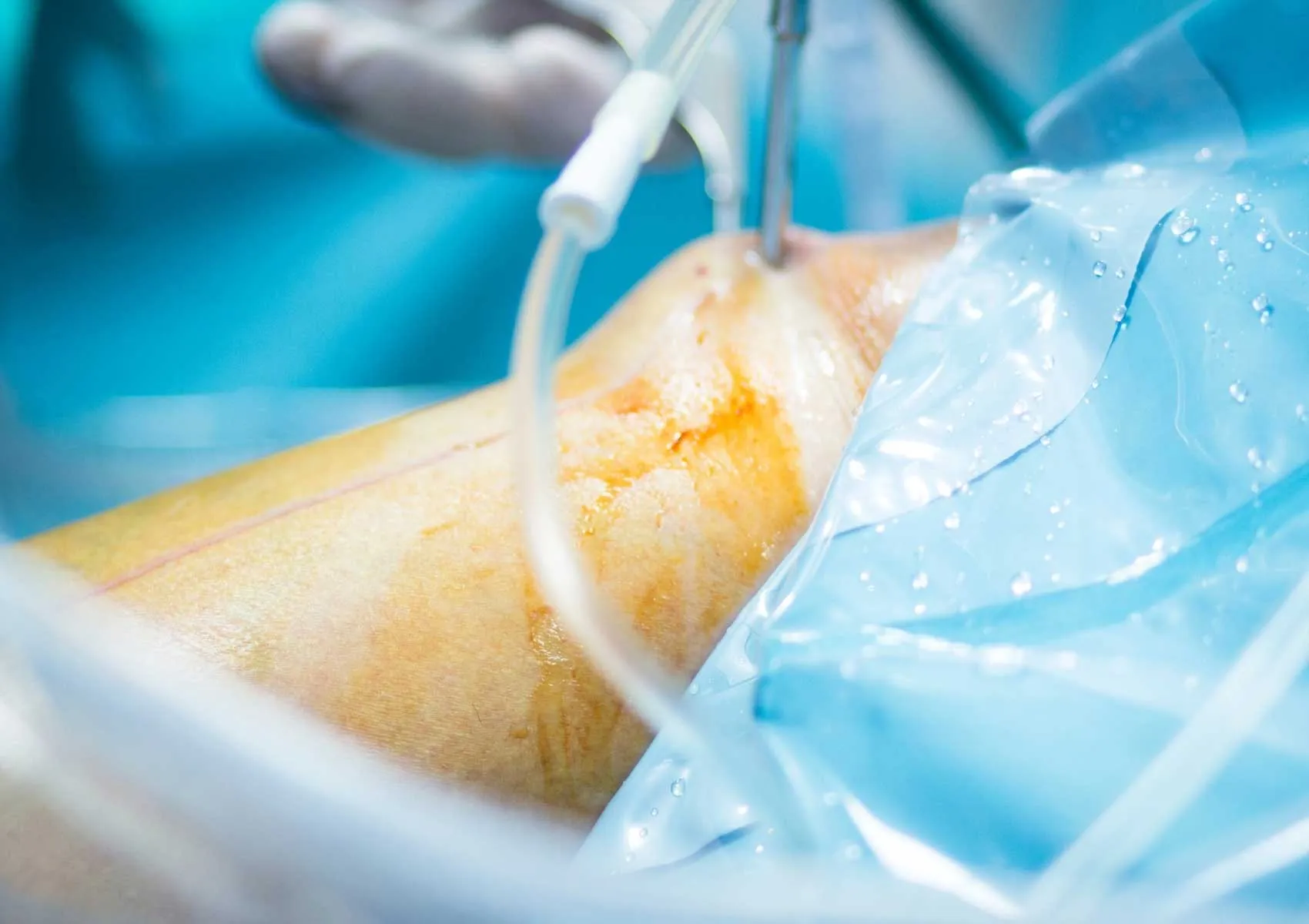Advantages of Arthroscopic Surgery in Athletes
A Minimally Invasive Approach for Maximum Performance
In athletes, injuries to intra-articular structures such as meniscus tears, ACL injuries, labral damage, and cartilage lesions can significantly impact performance, training continuity, and competitive careers. When conservative treatments fail or when structural repair is required, arthroscopic surgery stands out as the preferred option—especially in athletes—due to its minimally invasive nature, quick recovery time, and tissue-preserving features.
Arthroscopy involves inserting a small camera and surgical instruments into the joint through tiny incisions. This method allows the surgeon to both diagnose and treat joint problems with precision and minimal tissue trauma.
Let’s explore why arthroscopic intervention offers unique advantages for athletes aiming to return to sport swiftly and safely.
Key Features of Arthroscopic Surgery
Targeted Diagnosis and Treatment
Arthroscopy provides direct visualization of joint structures such as the meniscus, ligaments, cartilage, and labrum. This ensures a highly accurate diagnosis and allows for real-time treatment in the same session. For athletes, this eliminates delays between diagnosis and surgical repair.
Less Tissue Damage, Faster Healing
Compared to traditional open surgery, arthroscopy minimizes trauma to surrounding soft tissues. Muscles, tendons, and ligaments are preserved. This translates to faster recovery, less postoperative pain, and earlier return to functional movement—crucial factors for athletes with time-sensitive goals.
Advantages of Arthroscopy in Athletes
Quicker Return to Sport
Thanks to smaller incisions, reduced pain, and faster healing, athletes can begin physical therapy earlier and return to training sooner. Studies show that return-to-play timelines after arthroscopic surgery can range from 4 to 8 weeks, depending on the procedure and injury.
Preservation of Joint Function
Arthroscopic techniques prioritize tissue preservation. For example, instead of removing a torn meniscus, it is often repaired when possible. This helps maintain the joint’s biomechanics, preventing long-term degeneration and performance decline.
Multi-Problem Management in One Procedure
In many cases, athletes may have more than one injury within the same joint. Arthroscopy allows for multiple repairs in a single session, such as treating both a meniscus tear and a cartilage defect. This efficiency minimizes time away from sport.
Aesthetic and Psychological Benefits
Because arthroscopy uses small incisions, scarring is minimal. This is especially beneficial for athletes in performance or appearance-based sports. Psychologically, minimal visible evidence of surgery can enhance confidence during recovery and return to competition.
Rehabilitation-Friendly Approach
Arthroscopy aligns perfectly with modern sports rehabilitation protocols. Early joint mobilization and controlled loading can begin soon after surgery. Reduced postoperative pain enables more effective neuromuscular retraining, and progressive loading programs can be tailored based on the athlete’s sport and position.
Reduced Risk of Re-Injury
Because arthroscopic repairs restore anatomical integrity, the risk of reinjury is lower compared to non-anatomic or delayed treatments. For example, meniscal repairs via arthroscopy help maintain joint cushioning, reducing stress on cartilage and supporting long-term joint health.
What Do the Studies Say?
Scientific literature supports the use of arthroscopy in sports injuries, showing high rates of successful return to play and low complication rates. Data shows that:
- Over 85–90% of athletes return to sport within 3 months following knee arthroscopy
- Arthroscopic shoulder surgeries result in return to sport in 4–6 months, depending on the repair
- Tissue-preserving techniques like meniscus repair show superior outcomes compared to partial meniscectomy in active populations
Which Athletes Benefit Most?
Arthroscopic intervention is particularly beneficial for athletes who:
- Have isolated joint injuries (meniscus, labrum, cartilage, or ligaments)
- Have not responded to conservative therapy
- Are in mid-season or preparing for competition
- Require rapid recovery with minimal cosmetic scarring
- Prioritize joint preservation over temporary relief
FAQ
-
When can an athlete return to training after arthroscopy?
Depending on the injury and procedure, most athletes return within 4–12 weeks under professional supervision.
-
Can multiple injuries be treated in one arthroscopic procedure?
Yes. Arthroscopy allows surgeons to address multiple joint pathologies—such as meniscus and cartilage injuries—in a single operation.
-
Is scarring visible after arthroscopy?
Scars are typically small and fade over time, making the procedure aesthetically favorable.
-
Does arthroscopy reduce reinjury risk?
Yes. Anatomical repairs restore normal joint function and lower the chance of recurrence, especially with proper rehab.
-
Is physical therapy mandatory after arthroscopy?
Absolutely. Rehabilitation is essential for restoring strength, mobility, and competitive performance.

